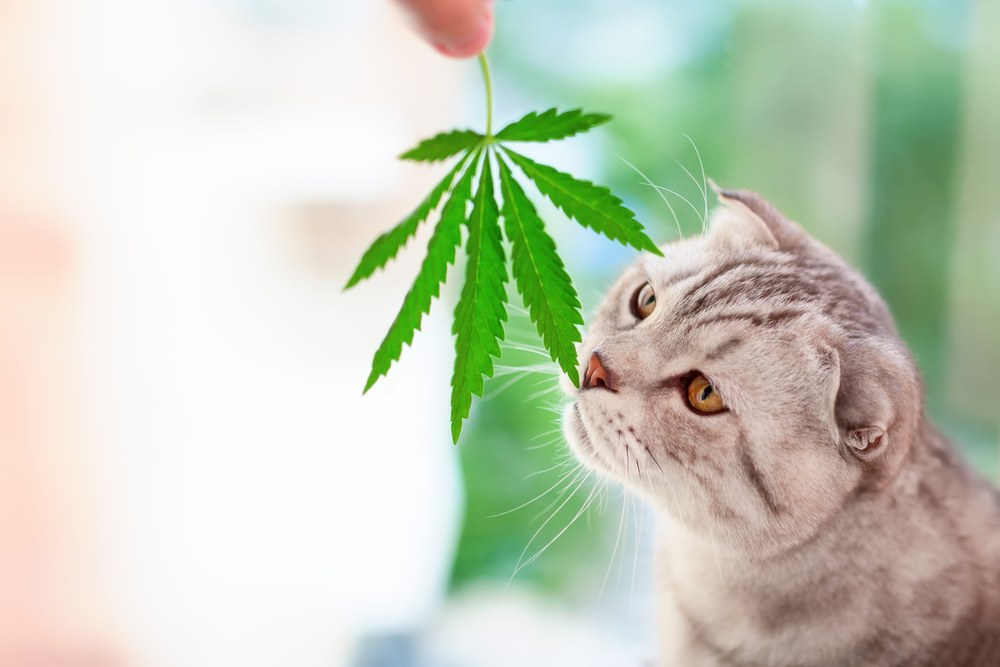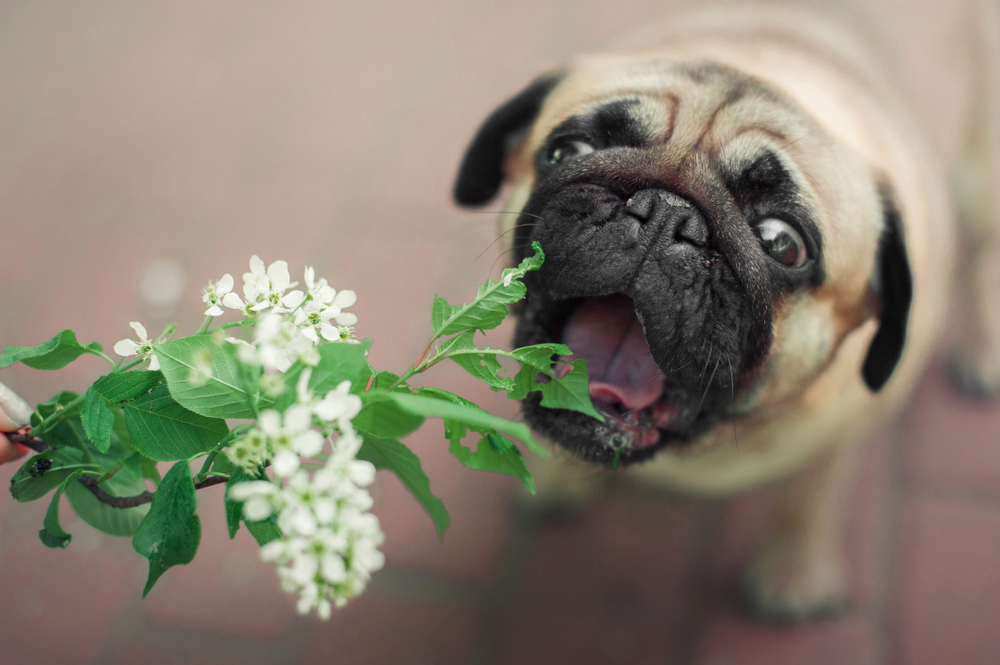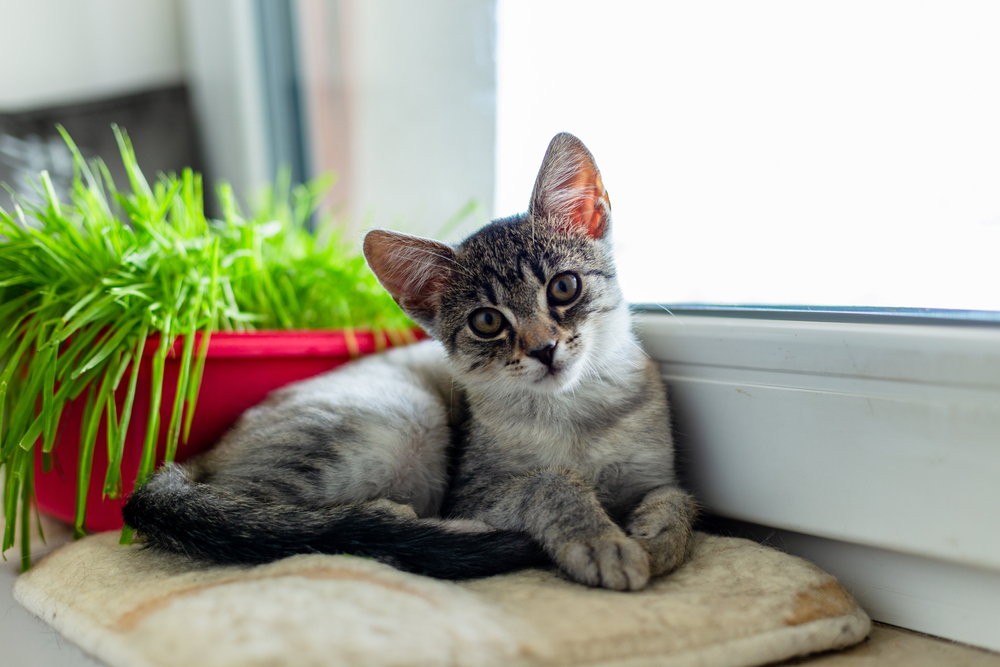
Beware! Common Household Plants That Can Harm Your Pets
March is National Poison Prevention Month, and while we often focus on keeping harmful substances out of reach, there’s one potential hazard that might be right under your nose: household plants. While they may add beauty and freshness to your living space, certain plants can pose a threat to our furry friends. At Olive Branch Pet Hospital, we’re committed to keeping your pets safe and healthy, which is why we want to shed light on some common household plants to avoid.
7 Household Plants That Are Poisonous To Pets
1. Lilies
Lilies are known for their elegance and fragrance, but they can be extremely toxic to cats. Ingesting even a small amount of any part of the plant, including the petals, leaves, or pollen, can lead to severe kidney damage and even kidney failure in felines. As a precaution, it’s best to avoid having lilies in your home if you have cats.
2. Philodendrons
Philodendrons are popular indoor plants due to their lush foliage and easy maintenance. However, they contain calcium oxalate crystals, which can cause irritation and swelling in the mouth, throat, and gastrointestinal tract of pets if ingested. Symptoms may include drooling, difficulty swallowing, and vomiting.
3. Sago Palm
The Sago Palm may add a tropical touch to your home, but it’s one of the most toxic plants for pets, particularly dogs. All parts of the plant, including the seeds, leaves, and roots, contain cycasin, a toxin that can cause liver failure and, in severe cases, death if ingested. Even a small nibble can be harmful, so it’s essential to keep Sago Palms out of reach of curious pets.
4. Aloe Vera
Aloe Vera is renowned for its medicinal properties, but it can be harmful to pets if ingested in large quantities. While the gel inside the leaves is typically safe for topical use on pets, consuming the outer leaf can cause vomiting, diarrhea, and abdominal pain due to its laxative properties.
5. Pothos
Pothos, also known as Devil’s Ivy, is a popular choice for indoor hanging baskets or as trailing plants. However, it contains calcium oxalate crystals, similar to philodendrons, which can cause oral irritation, excessive drooling, and difficulty swallowing.
6. Dieffenbachia
Dieffenbachia, or Dumb Cane, is prized for its striking foliage but can be toxic to pets if ingested. Like philodendrons and pothos, it contains calcium oxalate crystals, which can cause oral irritation, swelling, and difficulty breathing if pets consume the plant.
7. Snake Plant
Snake plants, also known as Mother-in-Law’s Tongue, are popular for their air-purifying properties and low maintenance. However, they contain saponins, which can cause gastrointestinal upset, including nausea, vomiting, and diarrhea, if ingested by pets.
Protecting Our Pets: Creating a Safe Haven in Our Homes
While these are just a few examples of household plants to be wary of, it’s essential to research any new plants before bringing them into your home, especially if you have pets. If you suspect your pet has ingested a toxic plant or is exhibiting any concerning symptoms, don’t hesitate to contact Olive Branch Pet Hospital in Pensacola, Florida, or your local veterinarian immediately.
By being aware of potential hazards and taking preventative measures, we can create a safer environment for our beloved pets and ensure they stay happy and healthy for years to come. Let’s celebrate National Poison Prevention Month by keeping our homes free of harmful plants and other dangers to our furry friends, and remember to schedule regular check-ups at Olive Branch Pet Hospital to keep them in optimal health.






